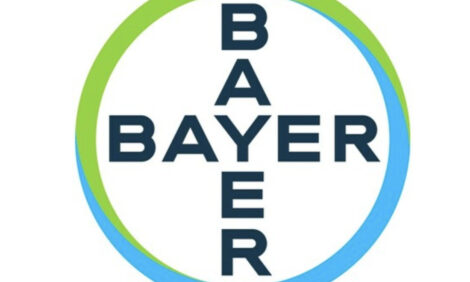



Tighter Welfare Checks on Livestock at Slaughterhouses Proposed
EU - Slaughterhouse staff could be forced to carry out more checks of livestock to ensure the animals are not conscious after stunning, according to new scientific studies carried out for the European Food Safety Authority (EFSA).The slaughterhouse staff performing stunning, shackling, hoisting and/or bleeding will have to check all the animals and confirm that they are not conscious, if recommendations for a European Food Safety Authority scientific opinion are ratified.
For the animal welfare officer, who has the overall responsibility for animal welfare, a mathematical model for the sampling protocols has been proposed, giving some allowance to set the sample size of animals that he/she needs to check at a given throughput rate (total number of animals slaughtered in the slaughterhouses) and tolerance level (number of potential failures—animals that are conscious after stunning and animals that are not unconscious or not dead after slaughter without stunning).
The model can also be applied to estimate threshold failure rate at a chosen throughput rate and sample size.
Finally, different risk factors and scenarios are proposed to define a ‘normal’ or a ‘reinforced’ monitoring protocol, according to the needs of the slaughterhouse.
These measures are included in a scientific opinion which puts forward “toolboxes of welfare indicators” for developing monitoring procedures at slaughterhouses for pigs, sheep and goats and poultry.
Three separate scientific opinions have been produced by the Scientific Committee/Scientific Panel of EFSA for the European Commission to cover the pig sector, goats and sheep and poultry.
Pigs
For pigs stunned with the head-only electrical method or carbon dioxide at high concentration, the opinion proposes welfare indicators together with their corresponding outcomes of consciousness, unconsciousness or death.
The opinion proposes a toolbox of indicators and the outcomes to be used to assess consciousness in pigs at three key stages of monitoring:
- after stunning and during shackling and hoisting,
- during sticking and
- during bleeding.
Various activities — including a systematic literature review, an online survey and stakeholders’ and hearing experts’ meetings — were conducted to gather information about specificity, sensitivity and feasibility of the indicators that are to be included in the toolboxes for monitoring welfare.
On the basis of information gathered during these activities, a methodology was developed to select the most appropriate indicators that could be used in the monitoring procedures.
The frequency of checking differs according to the role of each person with responsibility for ensuring animal welfare at slaughter.
The personnel performing stunning, shackling, hoisting and/or bleeding will have to check all the animals and confirm that they are not conscious following stunning.
For the animal welfare officer, who has the overall responsibility for animal welfare, a mathematical model for the sampling protocols is proposed, giving some allowance to set the sample size of animals that he/she needs to check at a given throughput rate (total number of animals slaughtered in the slaughterhouses) and tolerance level (number of potential failures—animals that are conscious after stunning; animals that are not unconscious or not dead after slaughter without stunning).
The model can also be applied to estimate threshold failure rate at a chosen throughput rate and sample size.
Finally, different risk factors and scenarios are proposed to define a ‘normal’ or a ‘reinforced’ monitoring protocol, according to the needs of the slaughterhouse.








